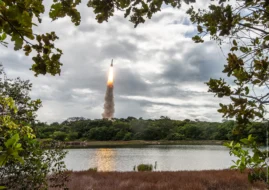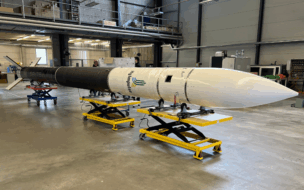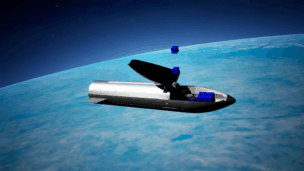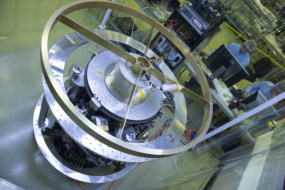The first operational flight of the Vega C rocket has ended in failure, resulting in the loss of a pair of Airbus Pléiades Neo imaging satellites.
What happened? The rocket lifted off at 8:47pm ET from Kourou. The flight started off well, with the first stage completing its leg of the mission and separating successfully. However, approximately three and a half minutes into the flight, the rocket’s trajectory appeared to deviate from the planned flight path.
According to a statement from Arianespace, the anomaly occurred 2 minutes and 27 seconds after liftoff, just seconds after ignition of the second stage. The Zefiro 40 second stage was a new introduction for Vega C, and an upgrade from the previous iteration’s Zefiro 23 solid fuel motor. It’s currently unclear what caused the anomaly following the ignition of the Zefiro 40 second stage.
The rocky road so far
After the first Vega failure in July 2019, it took Avio and Arianespace almost 14 months to return the vehicle to flight.
The root cause of the July 2019 failure was never identified publicly, but it was generally understood that the solution required some kind of hardware redesign. The second failure, in November 2020, had Vega on the bench for just over five months. The cause of that failure, however, was identified as human error: a technician reportedly installed cables for the vehicle’s control system incorrectly.
Vega C successfully launched from Guiana Space Center in July.
Yesterday’s flight didn’t come without warnings, either. The mission was delayed on Nov. 25 after pyrotechnics in the payload fairing separation system were found to be defective. This could potentially add another element to the vehicle’s road back to the launchpad.
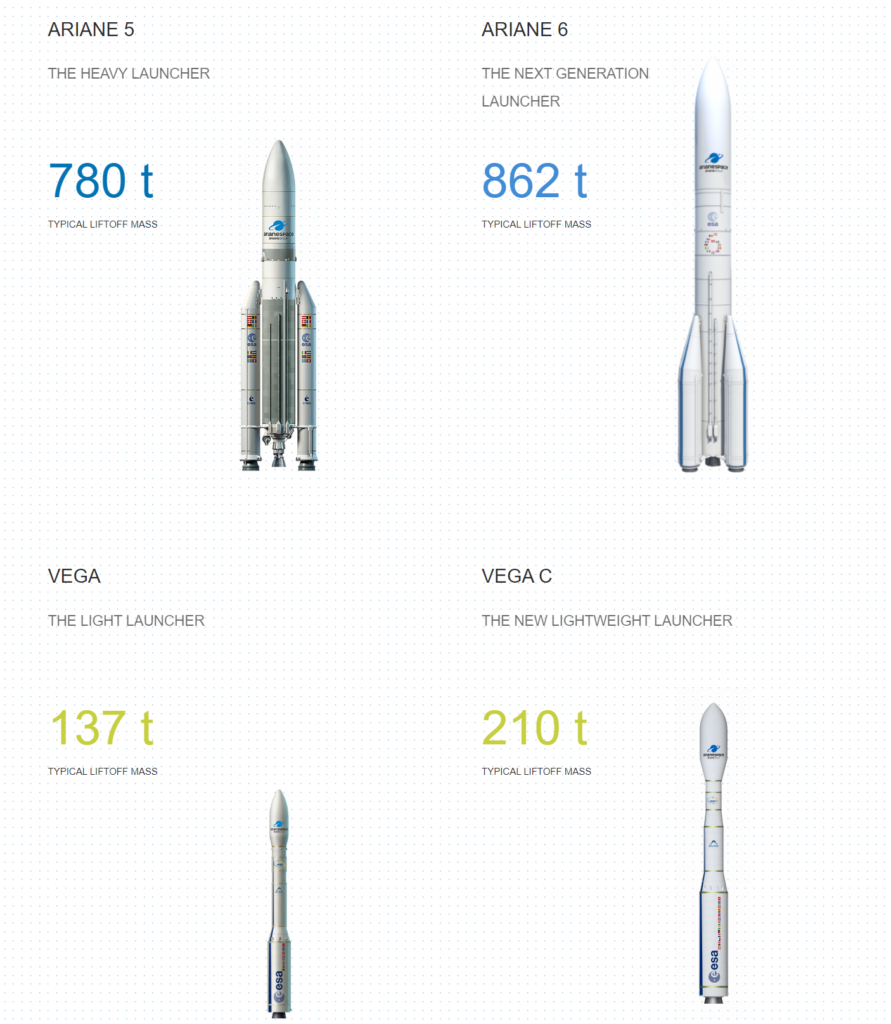
The worst news possible
Following Russia’s invasion of Ukraine earlier this year, Arianespace made the decision to stop utilizing Soyuz to launch medium-lift missions from Kourou. This left several payloads without a launch vehicle.
In late October, ESA Director General Josef Aschbacher revealed that the maiden flight of Ariane 6 would be pushed from late 2022 to late 2023. The vehicle was supposed to debut before the retirement of Ariane 5. The latter vehicle’s final two flights were expected to occur in early 2023.
With Vega C now out of commission while a post-failure investigation gets underway, and with no launch startups expected to enter the market anytime before late 2023, Europe’s launch capacity has all but disappeared. As a result, 2023 could be a quiet year for Arianespace and European launch.

